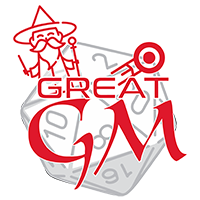Gumari Chestnut
Gumari chestnut trees grew relatively tall, with gray-green bark. The leaves have finger-like protrusions that grew from the stalk five to nine strong. Flowers bloomed in the height of summer. Each had four petals that came were white, pink, and yellow. The two upper petals were often white, while the bottom two were pink. They grow upward in tall columns. They yielded smooth, yellow-greenish fruit, inside of which were the chestnuts. Gumari chestnuts were smaller than other varieties.
The tree’s habitat was the sloping hills of the Gumari Mountains. The giants commonly grew them in vast orchards and other fruits such as apples, pears, cherries, plums, almonds, pistachios, walnuts, figs, and peaches. Farms often mixed the fruits and kept bees nearby to produce quality honey that blended several flavors. This honey was one of many cultural exports among the giants.
Gumari chestnuts were a particular favorite of the giants that grew them. Over time, the trees were bred to produce both higher yields and more giant chestnuts. To remove toxic components from the seeds, they were either soaked whole or ground into flour beforehand. Whole roasted chestnuts were a favorite treat and popular dessert item. Honey made from chestnuts and other fruits was highly sought-after. The flour was made into various dishes, such as porridge, chestnut bread, among others. When grain crops failed, chestnuts often prevented starvation for poor families. The tree’s wood was known for being close-grained and worked easily. Giants frequently used it for creating dishware, spoons, storage containers, and even furniture. Giant woodwork was known for its obvious large size and unique style. There were several medical uses associated with the chestnut as well. For example, the oil was used to treat skin diseases. The nuts were ground into a paste to treat headaches and to act as a painkiller. They also helped with aching and inflamed joints.
Source: https://en.wikipedia.org/wiki/Aesculus_indica, http://powo.science.kew.org/taxon/urn:lsid:ipni.org:names:60450399-2
Remove these ads. Join the Worldbuilders Guild









Comments